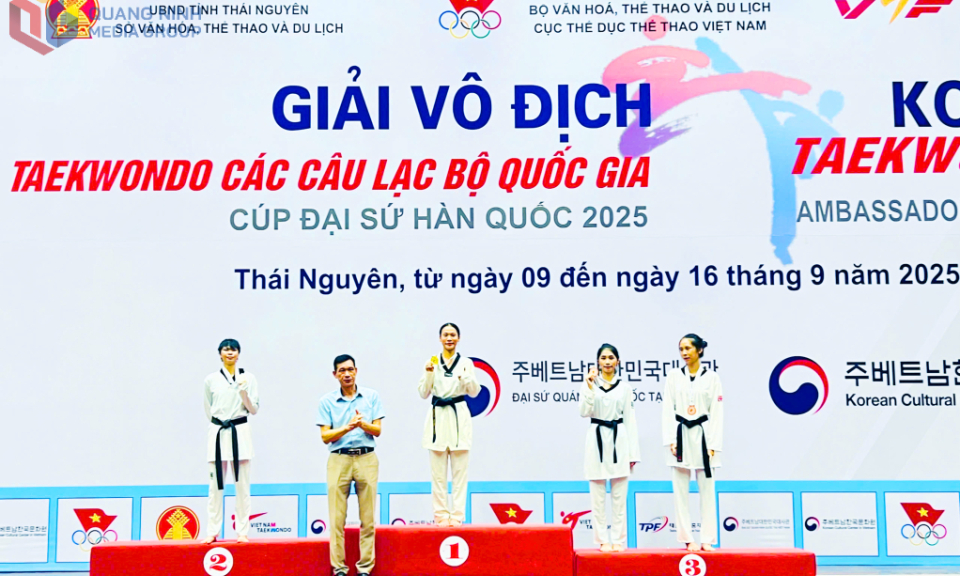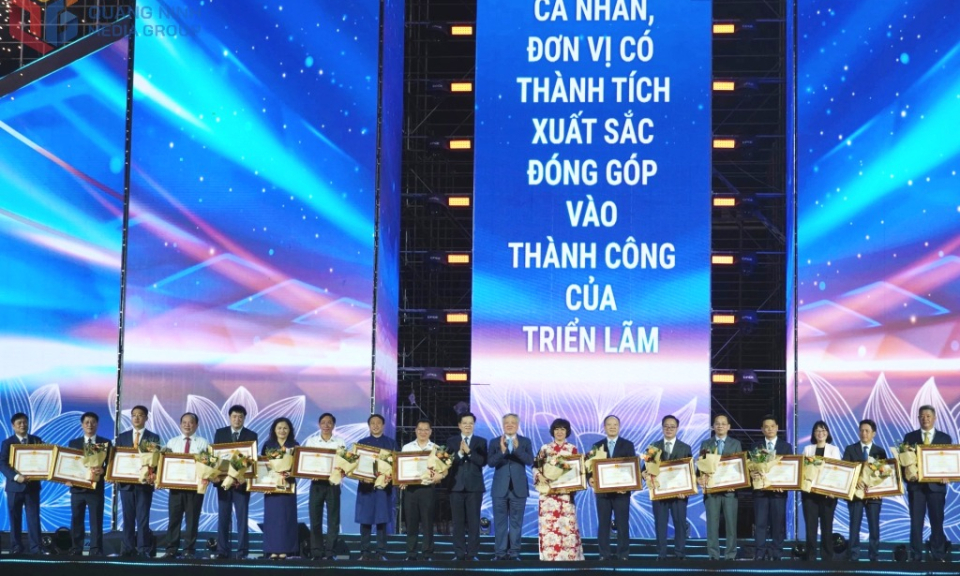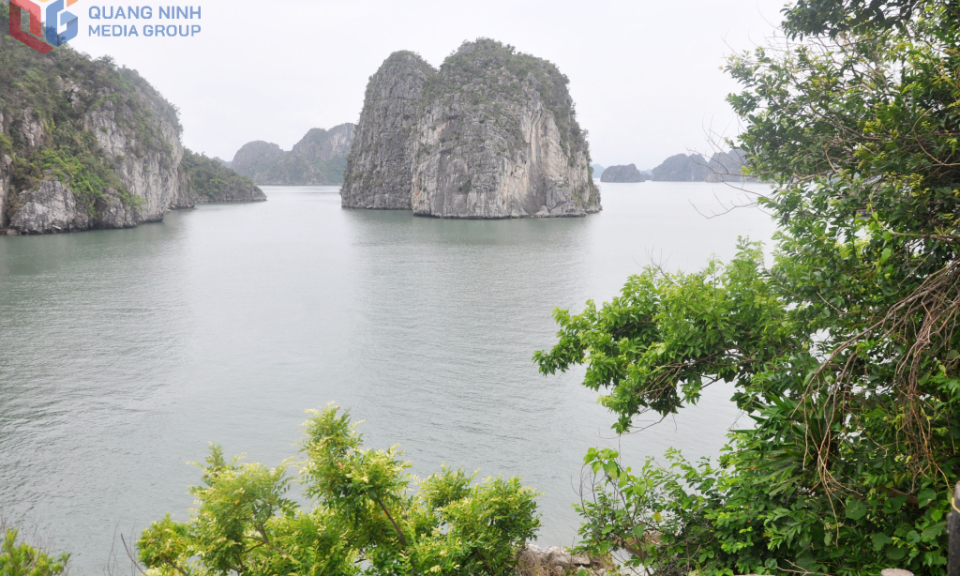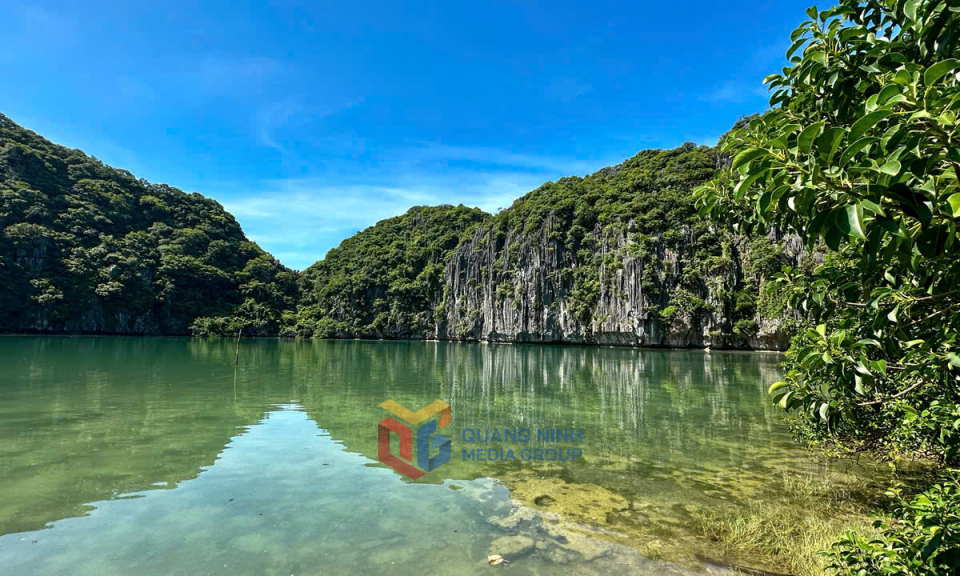Quang Ninh boosts tourism in the Mekong Delta
On Sept. 13, a conference develop tourism between Quang Ninh and other northern localitites and Mekong Delta localities was held in Can Tho city.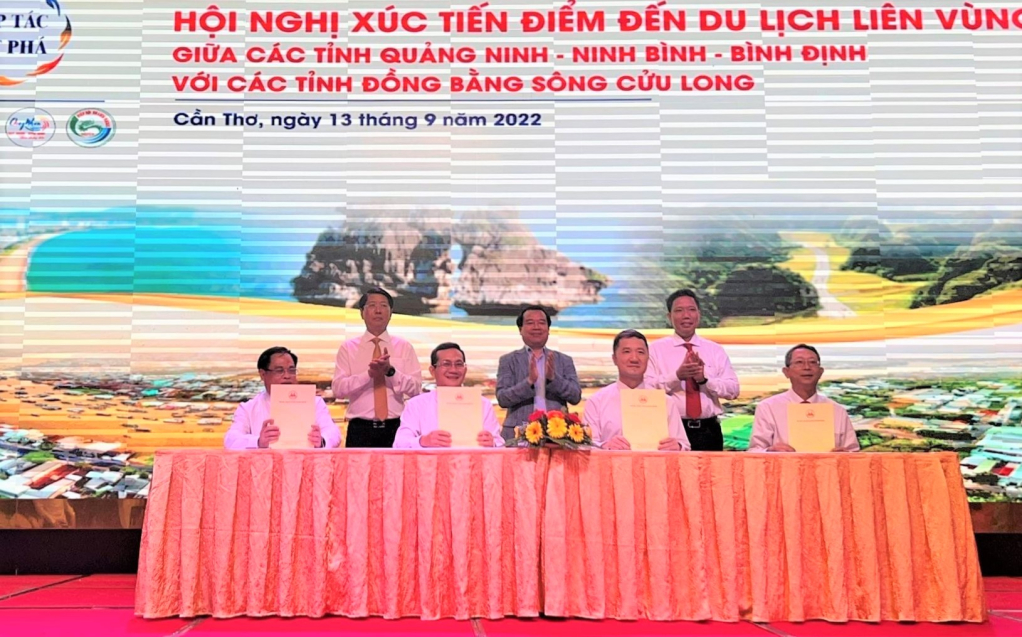
The event was jointly organized by the Department of Culture, Sports and Tourism of Can Tho city and the Department of Tourism of some northern provinces: Quang Ninh, Ninh Binh and Binh Dinh.
Connection in tourism has become an inevitable trend and important requirement for tourism development to all stakeholders on a national scale.
The conference aimed to enhance links and cooperation in tourism development, especially promotional activities that attract tourists from Mekong Delta localities to northern Viet Nam and vice versa.
Therefore, tourism experts, state management organs, representatives of tourism departments and travel agencies focused on analyzing and assessing tourism cooperation among Quang Ninh, Binh Dinh, Ninh Binh and Mekong Delta localities, orientations for tourism development connection, co-operational policies for aviation development and factors which affect to tourism development connection.
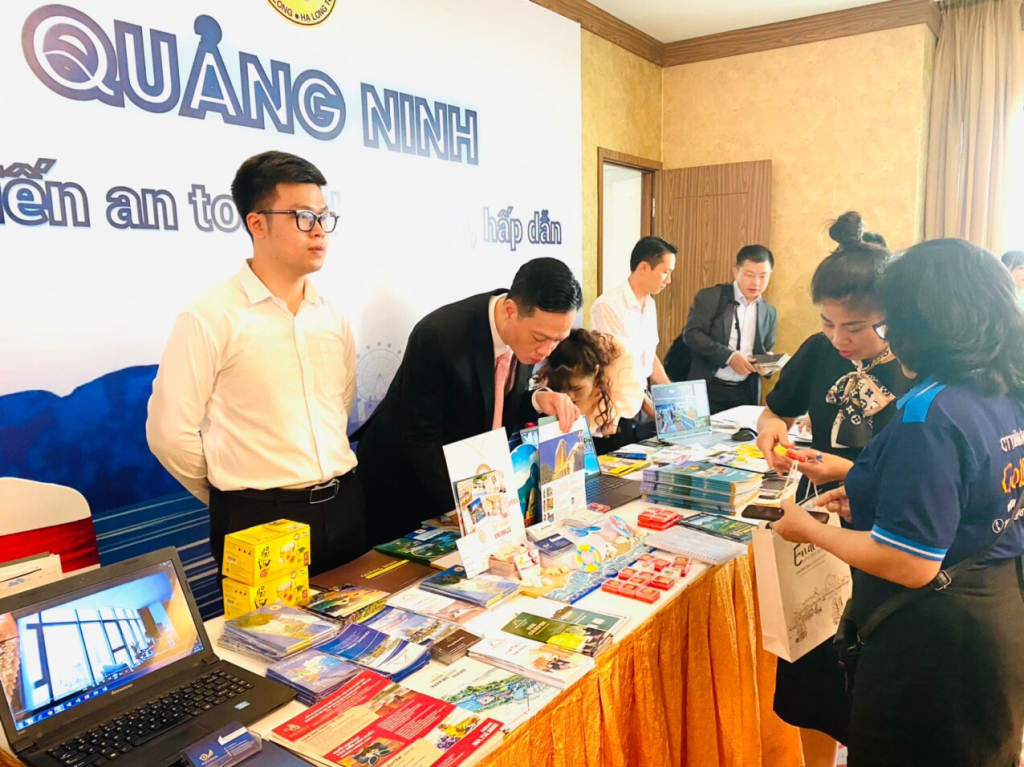
Within the framework of the conference, Quang Ninh also opened a booth introducing the province’s tourism products and typical OCOP products.
Quang Ninh, home to the world heritage site of Ha Long Bay, is situated in the key economic region of the North, the province of Binh Dinh is famous for blue sea, white sand beach and many famous historical and cultural relics, and Ninh Binh province which boasts Trang An landscape complex recognized by UNESCO as a world cultural and natural heritage, the first mixed heritage of Southeast Asia used to be the capital of Vietnam’s three historic dynasties of Dinh, pre-Le and Ly.
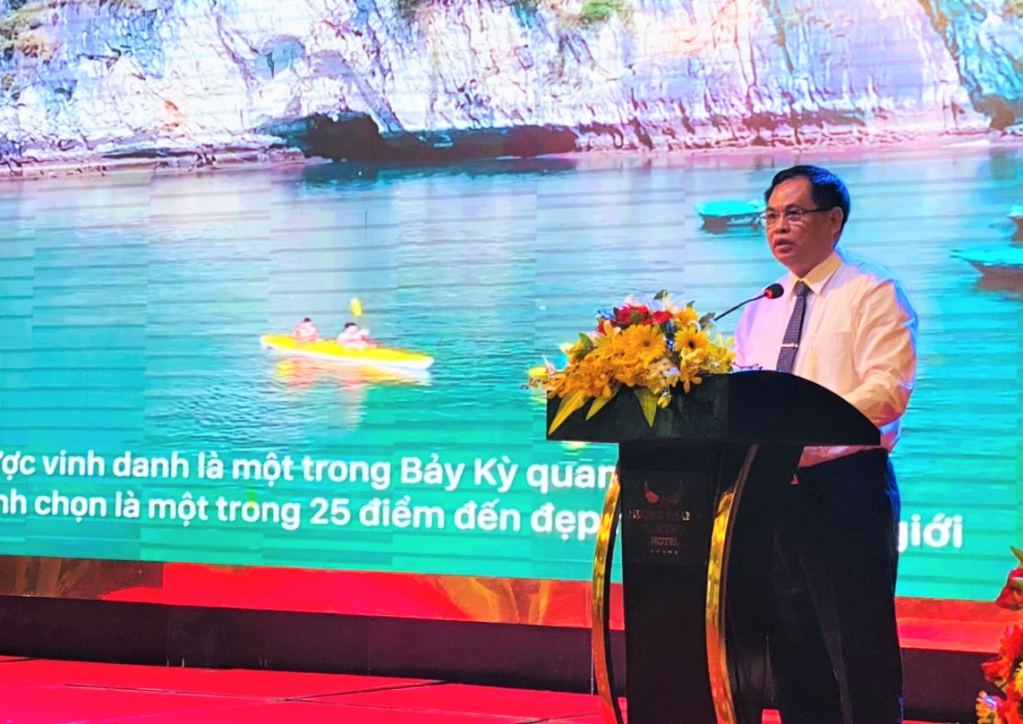
The Mekong River Delta region, part of the southern key economic region, is one of six socio-economic regions of the country, comprising 13 provinces and centrally-run cities with a total area of about 40,600 sq.m., which is roughly 13 per cent of the natural land area of the country. The Mekong River Delta region boasts many potentials and advantages for development and is one of the largest, most fertile plains in Southeast Asia and the world. It is the country’s largest producer and exporter of food, aquatic products, and fruits.
This is an area with a system of interlaced rivers, canals and many large orchards and forests, four biosphere reserves, national parks, and nature reserves recognised as a Ramsar Site of the world.
The Mekong Delta is also rich in history, traditions, and revolutionary heroism, with unique cultural features and unique “river-based civilisation”, such as the widespread use of boats to move about.


